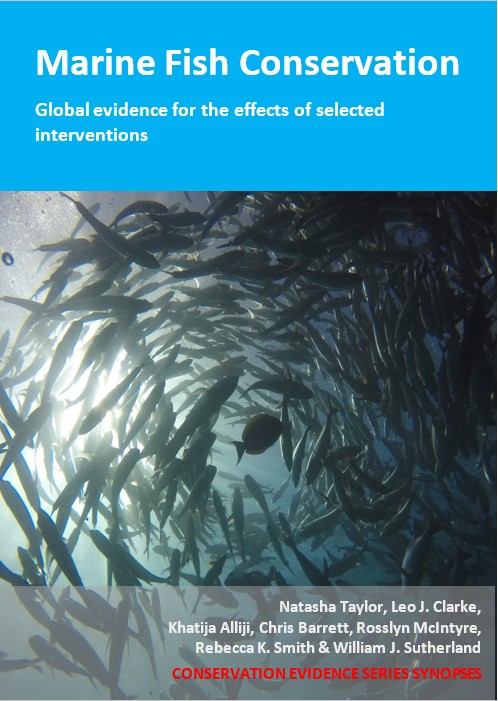Modify design or arrangement of tickler chains/chain mats in a bottom trawl
-
Overall effectiveness category Awaiting assessment
-
Number of studies: 2
View assessment score
Hide assessment score
How is the evidence assessed?
-
Effectiveness
not assessed -
Certainty
not assessed -
Harms
not assessed
Study locations
Supporting evidence from individual studies
A replicated, paired, controlled study in 1999 on bottom fishing grounds in the North Sea between the Netherlands and UK (van Marlen et al. 2005) found that two different modifications to the way tickler chains were attached to a beam trawl (hanging parallel from, or in loops along, the beam) did not reduce the discarded fish catch, compared to a conventional tickler chain arrangement. For unwanted fish (undersized commercial target species and all other non-target species), there were no differences in catches between the modified and conventional tickler chain arrangements, except for small whiting Merlangius merlangus, of which fewer were caught by the modified gear (data not reported). Data were collected from a series of beam trawl deployments along six parallel strips on the seabed (2,000 m × 30 m) using two modified and one conventional tickler chain arrangement. In March-April 1999, a total of 72 deployments were carried out with three different configurations of parallel chains (numbers and spacing, connected pairs) hung along the beam. In October 1999, a total of 35 deployments were undertaken with three configurations of chains hung in loops from the beam. In addition, a standard trawl with conventional tickler chain arrangement (attached to the shoe plates on either end of the beam) was towed simultaneously during each deployment. All catch was weighed.
Study and other actions testedA replicated, paired, controlled study in 2005 in an area of seabed in deep water in the Atlantic Ocean off the Isle of Skye, Scotland, UK (Kynoch et al. 2015) found that removal of the tickler chain from a bottom trawl reduced the capture of unwanted skates/rays (Batoidea) and unwanted sharks (Chondrichthyes) compared to a standard trawl with a tickler chain. Overall, trawl gear without a tickler chain decreased the catch of skates/rays (four species) and sharks (three species) compared to a trawl with a tickler chain (skates/rays, without: 198 individuals, with: 625 individuals; sharks, without: 993 individuals, with: 1,357 individuals). For the more commercially valuable species, overall catch rates of three flatfish species (Pleuronectidae) and two cod-like species (Gadidae) were similar between trawls, however, catch rates of two anglerfish Lophius sp. decreased with a tickler chain (see paper for data). Trials took place onboard a commercial fishing vessel in October 2005. A total of 17 paired deployments of standard bottom fish trawls, one with the tickler chain removed, were made, parallel to one another, at 120–170 m depth.
Study and other actions tested
Where has this evidence come from?
List of journals searched by synopsis
All the journals searched for all synopses
This Action forms part of the Action Synopsis:
Marine Fish Conservation





)_2023.JPG)














